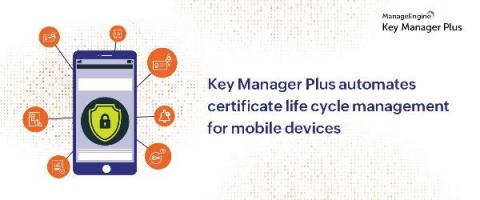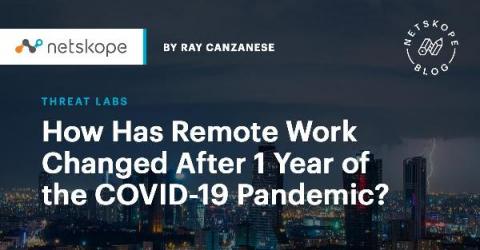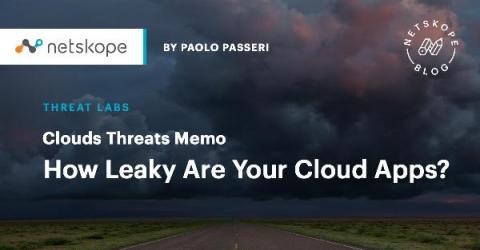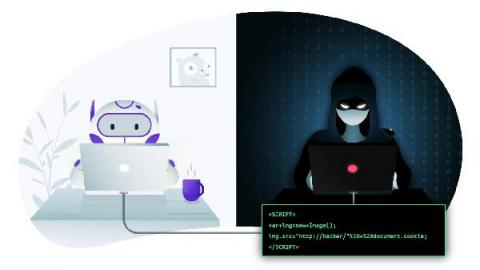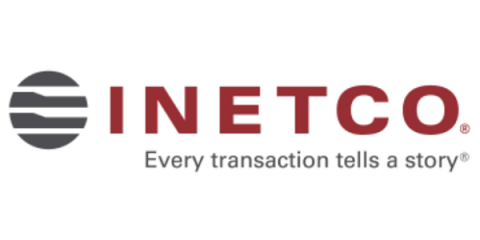Security | Threat Detection | Cyberattacks | DevSecOps | Compliance
Latest News
Integrate certificate life cycle management with enterprise MDM and boost your mobile ecosystem security
A huge portion of today’s corporate network is made up of mobile endpoints, such as laptops, tablet computers, and mobile phones. These are domain-joined and non-domain devices that require access to corporate assets to carry out everyday operations.
A plea to small businesses: Improve your security maturity
Never have I been so compelled to help educate small businesses on the need for cybersecurity. On Saturday morning, March 6, 2021, I awoke to the Wall Street Journal article describing the Hafnium attack. This attack on Microsoft Exchange Servers was shared publicly on March 2nd with a patch for the issue released on Wednesday, March 3rd. This patch appeared to spark action from the hacker who ramped up and automated their attack for maximum scale.
Hitting Snooze on Alert Fatigue in Application Security
Medical devices, subway car doors, severe weather warnings, heavy machinery, car alarms, software security alerts. They all notify you to indicate that something is wrong so that you can take action to prevent harm. Hospital monitors can detect a wide range of issues, from an incorrect dose of medication to an irregular heartbeat and beyond. They can quite literally save a life. The same goes for severe weather alerts that warn of impending tornadoes or hurricanes.
Onboarding in the Digital age & two must-haves in your tool kit
If COVID-19 pandemic has made anything obvious to the business community, it is that riding the digital wave is no longer an option for businesses to thrive in the long-run. While several giant enterprises have already switched to a completely remote set up, laggards are still trying to figure their way around justifying such a move. For smaller organizations, however, investing in a digital-first future might not be as easy.
Snyk Expands Into Asia Pacific Japan
At the beginning of 2021, I noted that Snyk was ready to soar. And soar we have…the rocket ship’s next stop? Asia Pacific and Japan (APJ). I would like to welcome Shaun McLagan, our new Vice President of APJ Sales, and our new partners Temasek, an investment company headquartered in Singapore, and Geodesic Capital, a venture capital firm that specializes in helping technology companies expand into Asia, to the Snyk family.
How Has Remote Work Changed After 1 Year of the COVID-19 Pandemic?
On this one-year anniversary of the COVID-19 pandemic declaration from the World Health Organization (WHO), let’s check back in on the remote work stats for the past year.
Cloud Threats Memo: How Leaky Are Your Cloud Apps?
Leaky cloud services are a major concern these days. As more and more organizations move their data and applications to the cloud, ensuring new forms of collaboration and agility for their workforce, setup errors and misconfigurations (or even the lack of understanding of the shared responsibility model) pose a serious risk for the new, enlarged corporate perimeter. So far, in 2021, I have collected 12 major breaches fueled by cloud misconfigurations, and I wonder how many flew under the radar.
CSRF Attack Examples and Mitigations
Cross-Site Request Forgery (CSRF) attacks allow an attacker to forge and submit requests as a logged-in user to a web application. CSRF exploits the fact that HTML elements send ambient credentials (like cookies) with requests, even cross-origin. Like XSS, to launch a CSRF attack the attacker has to convince the victim to either click on or navigate to a link.
Fighting Digital Payment Fraudsters in Real-time: A Winning Framework (Part 1)
A few weeks ago Seattle-based financial services and data management firm Automatic Funds Transfer Services (AFTS) suffered a serious ransomware attack. A gang called “Cuba” hacked and stole approximately 20 months’ worth of AFTS data, including financial documents, correspondence with bank employees, account movements, balance sheets, and tax documents. The compromised data then was offered for sale on the dark web.



